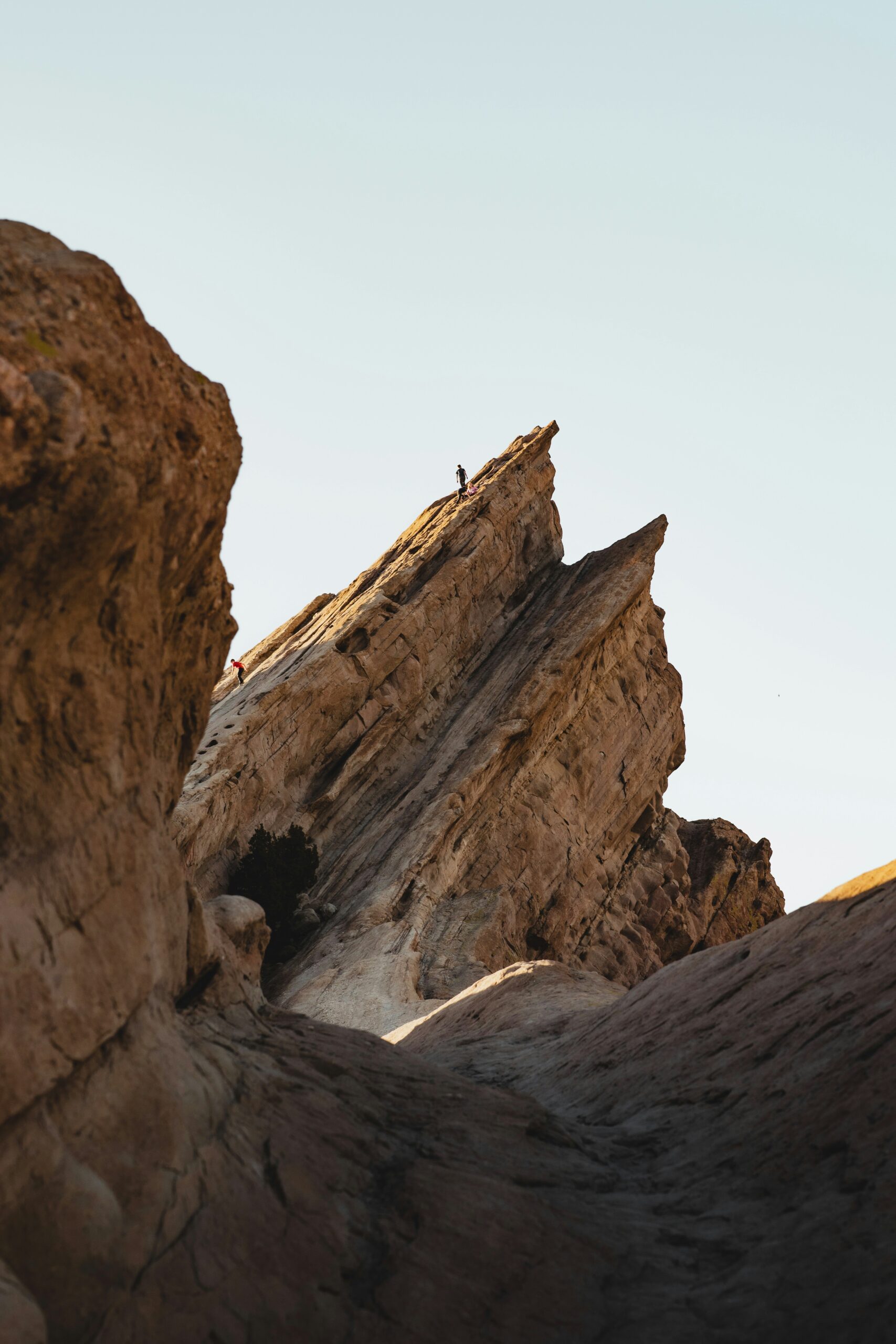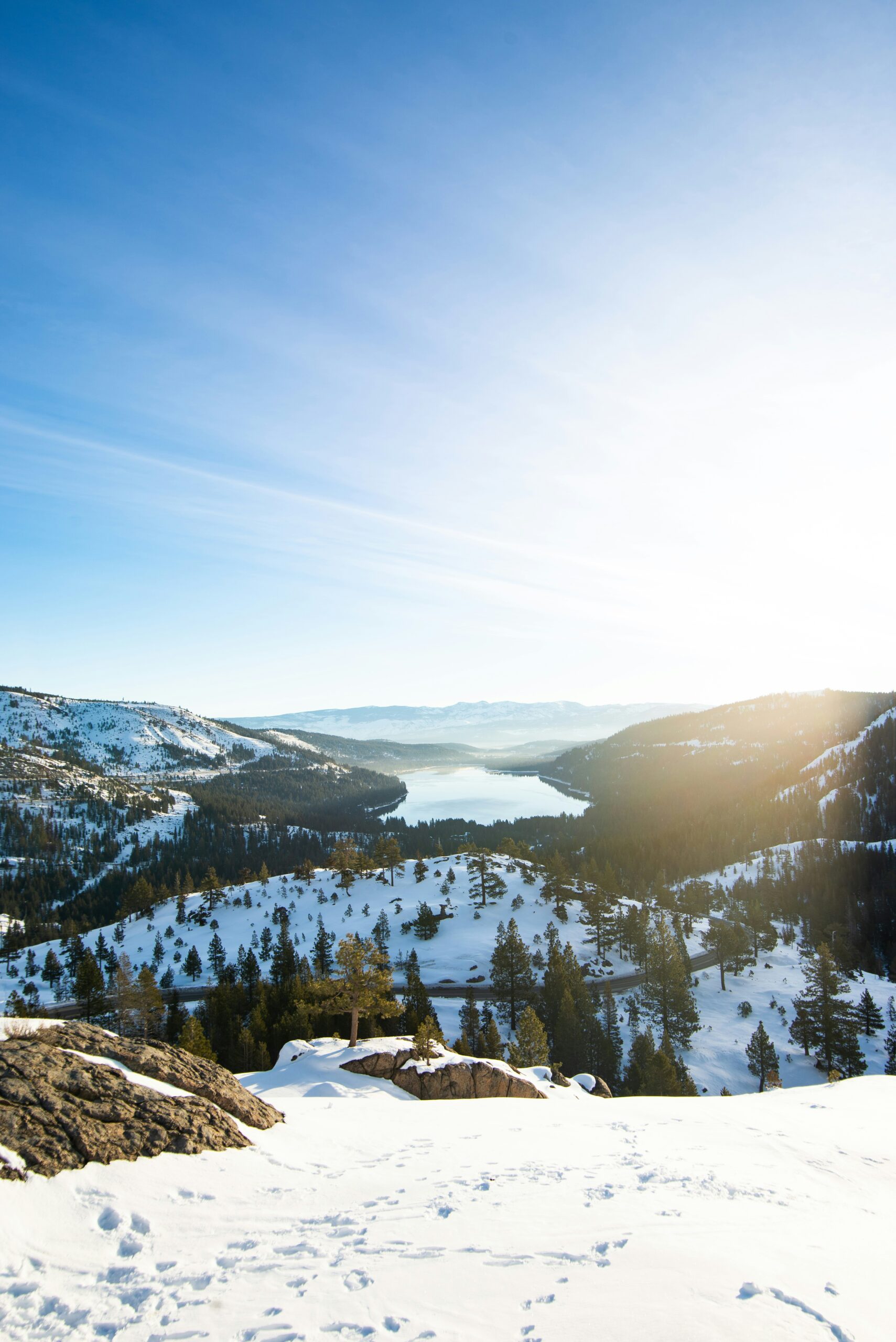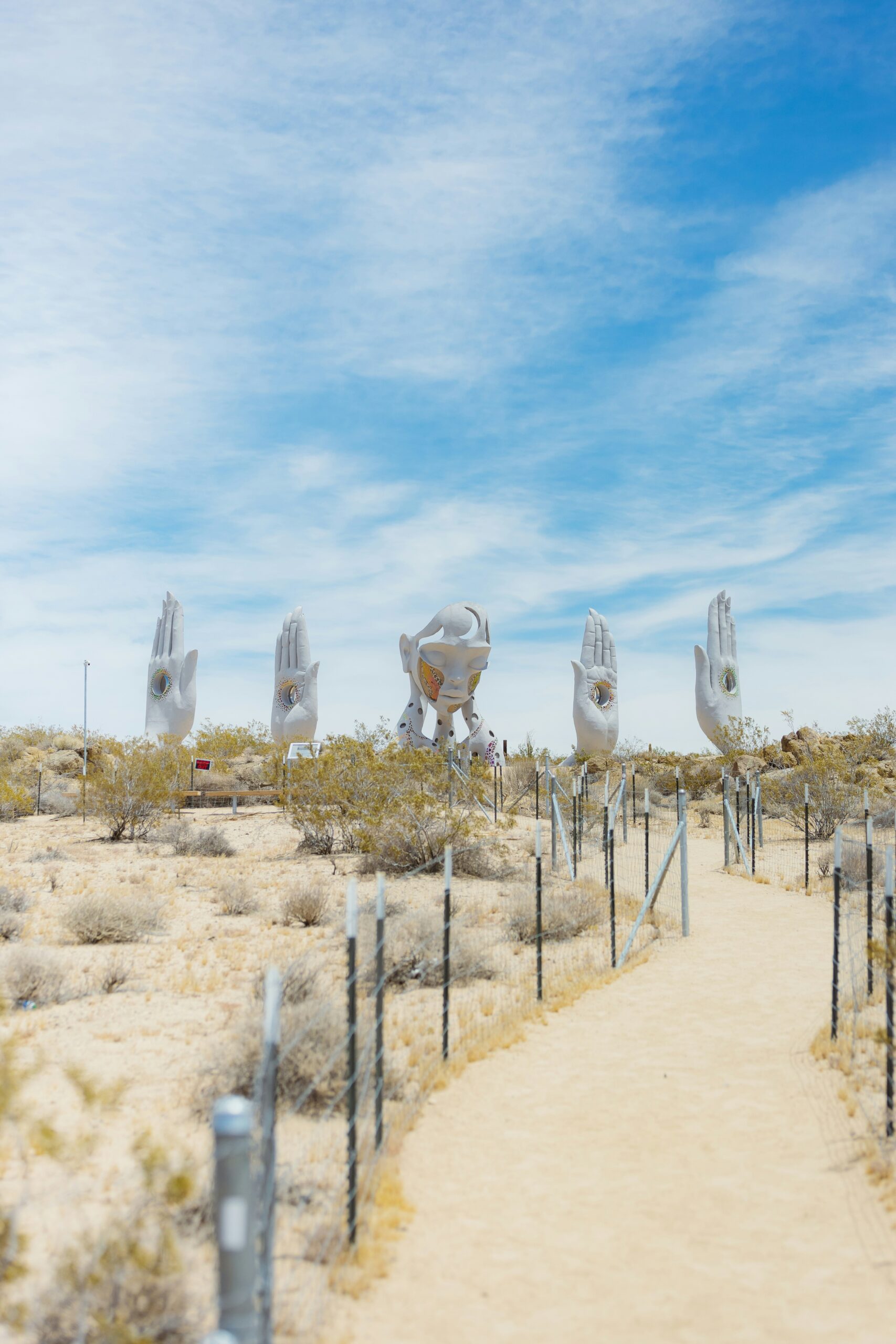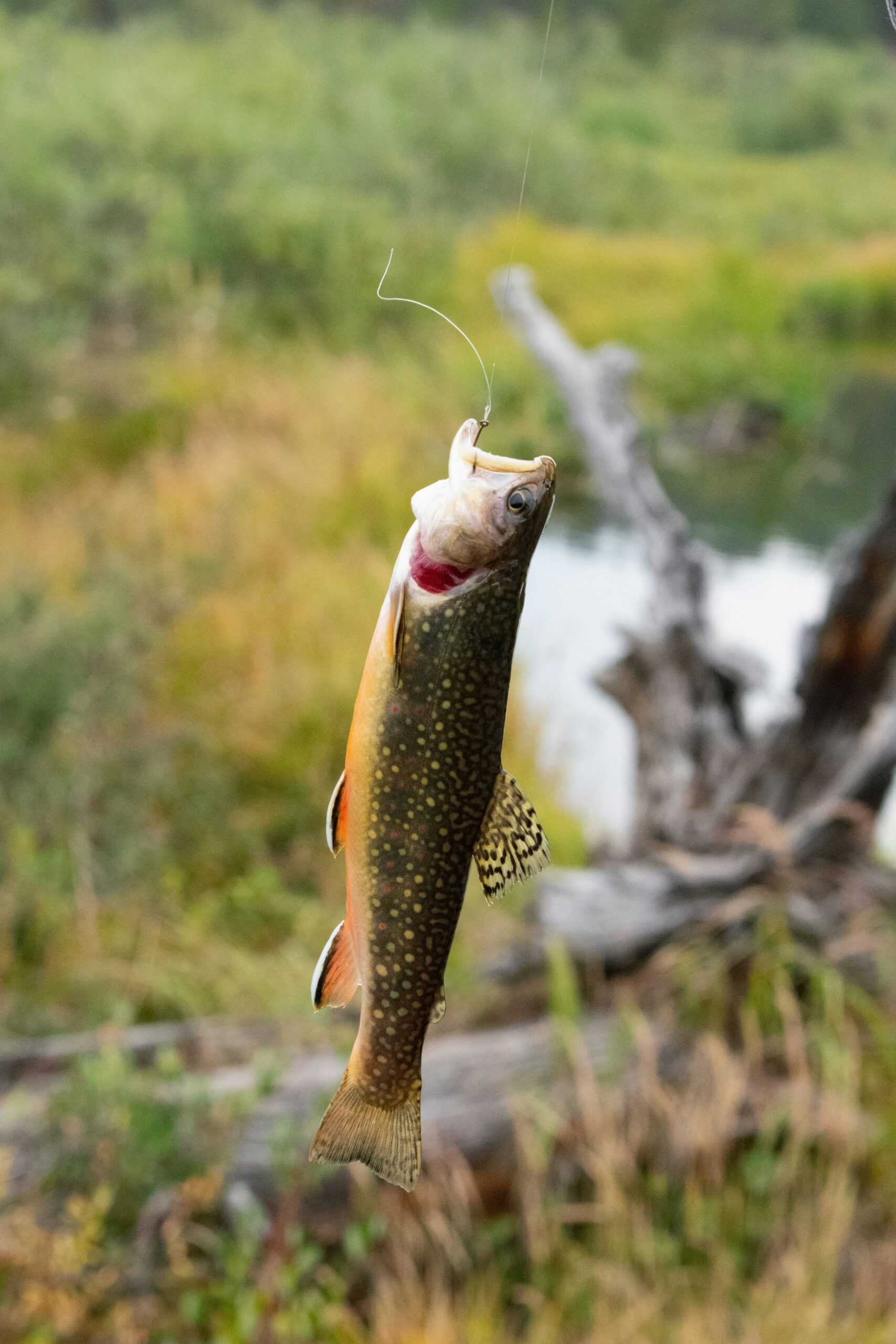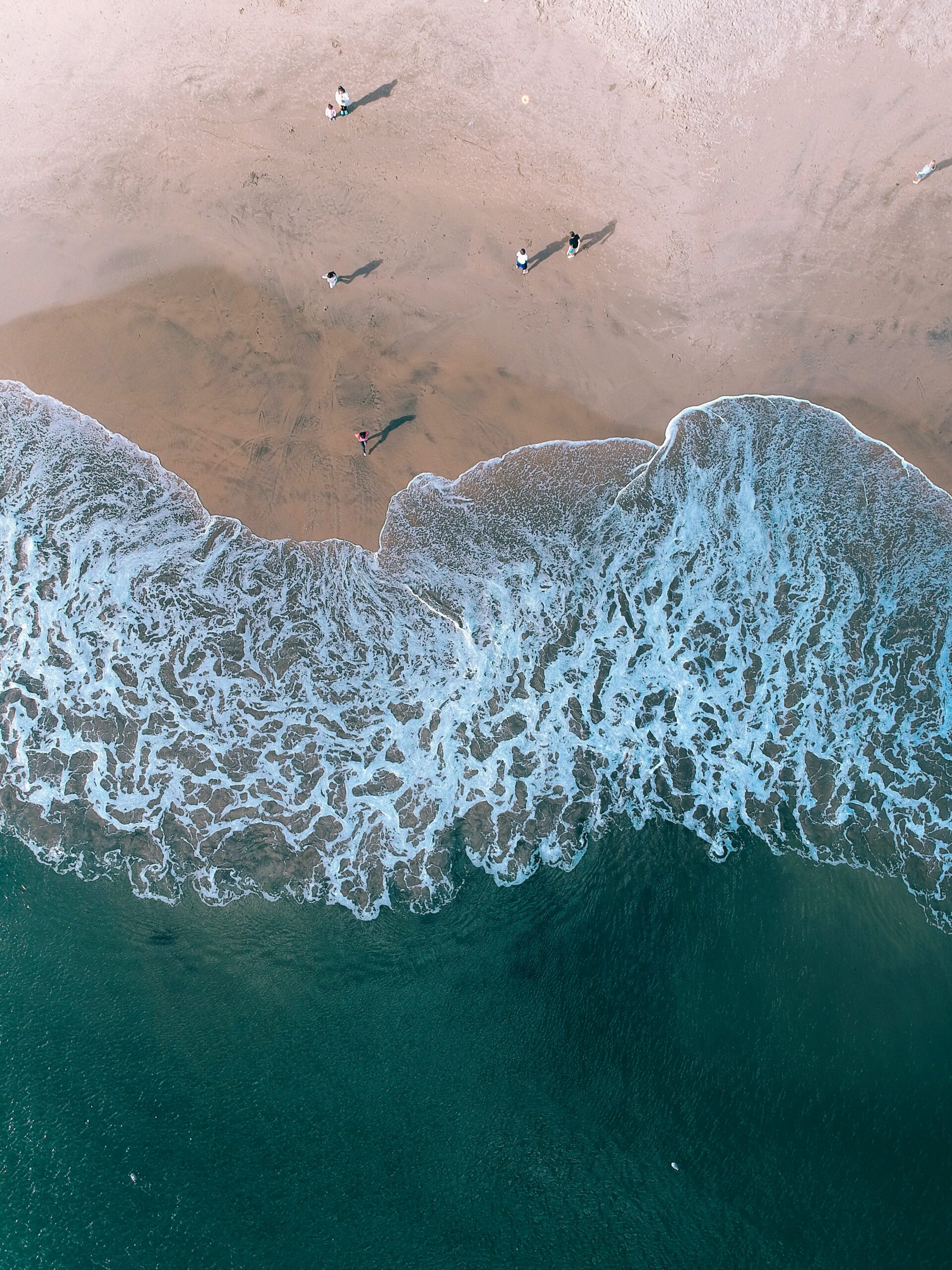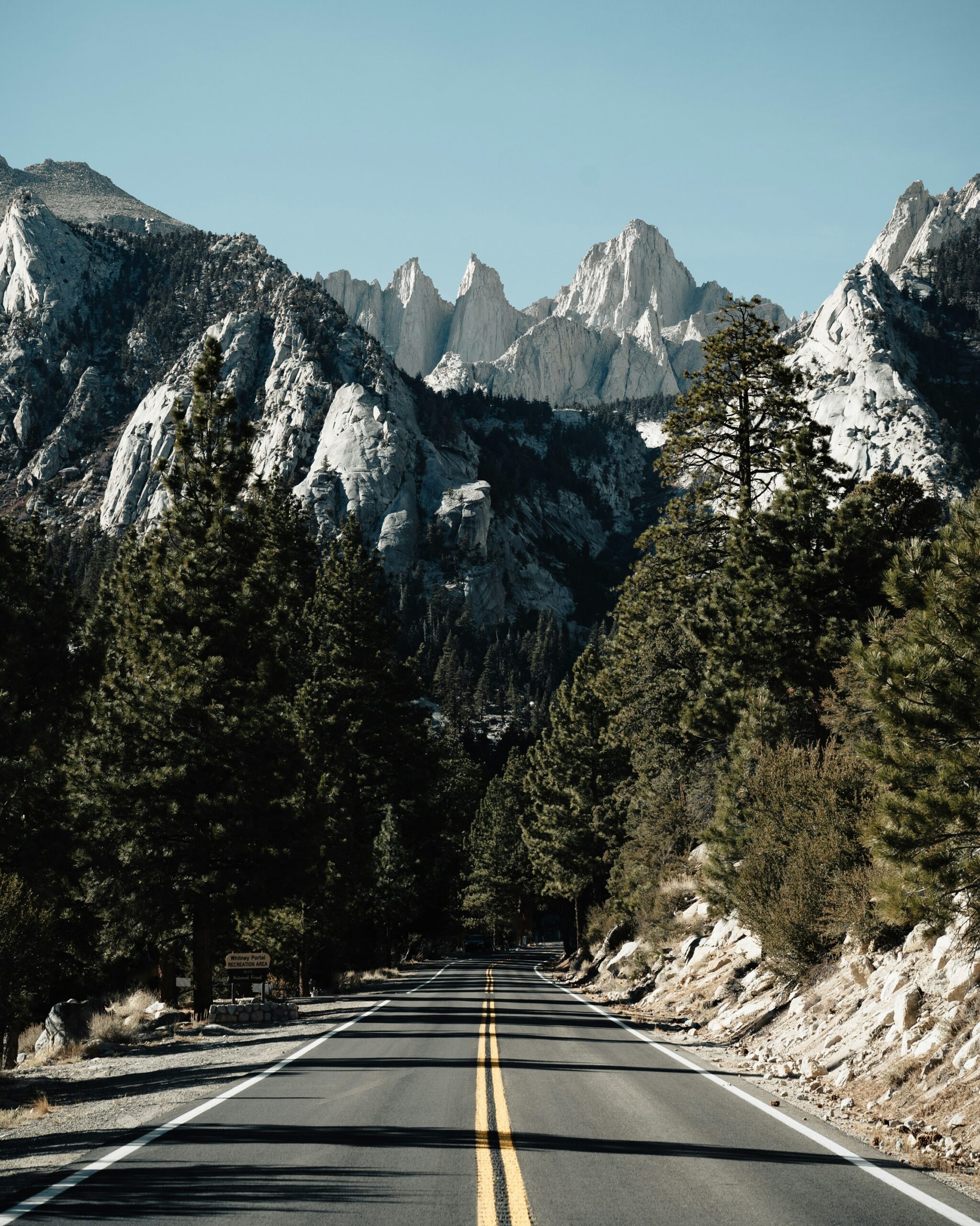Best Time to Visit Vasquez Rocks Natural Area Park: Seasonal Guide for Optimal Exploration
Nestled in Agua Dulce, California, Vasquez Rocks Natural Area Park offers visitors a geological wonderland spanning 945 acres of dramatic sandstone formations and panoramic views. These iconic tilted rock formations have served as backdrops for countless films and television shows, making them instantly recognizable to many visitors. The park features several trails that wind through the distinctive landscape, providing opportunities for hiking, photography, and connecting with nature.
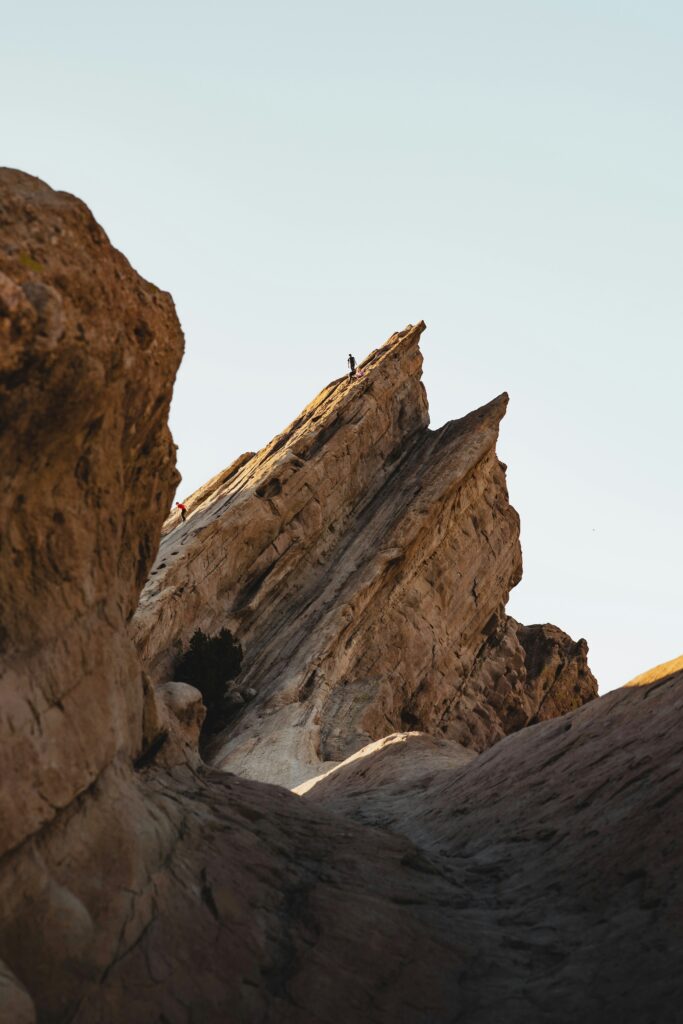
The best time to visit Vasquez Rocks is on weekdays when the park is significantly less crowded, though visitors should note the park remains closed on Mondays year-round. Weekend crowds can be substantial, especially during warmer months when the distinctive rock formations attract numerous visitors. Early mornings generally offer cooler temperatures and better lighting for photography enthusiasts hoping to capture the rocks' dramatic angles.
Weather considerations are important when planning a visit, as the park provides minimal shade along its trails. Summer temperatures can soar above 100°F, making spring and fall ideal seasons for exploring the fascinating geological features. Visitors should arrive prepared with adequate water, sun protection, and appropriate footwear for traversing the uneven terrain that characterizes this natural area's striking landscape.
Best Time to Visit Vasquez Rocks Natural Area Park: Seasonal Guide for Optimal Exploration
History of Vasquez Rocks
The dramatic formations at Vasquez Rocks have a rich history spanning millions of years of geological development and notable human connections. These iconic tilted sandstone structures have witnessed centuries of human activity from Native American settlements to their namesake outlaw and eventual preservation as a natural park.
The Legend of Tiburcio Vasquez
Vasquez Rocks earned its name from Tiburcio Vasquez, a notorious California bandit who used the area as a hideout in the 1870s. Born in 1835 in Monterey, California, Vasquez turned to crime after witnessing the lynching of a Mexican man, which sparked his resentment toward Anglo-Americans during California's transition from Mexican to American rule.
The distinctive rock formations provided perfect concealment for Vasquez and his gang. These natural fortresses offered excellent vantage points to spot approaching lawmen while providing numerous escape routes.
Vasquez conducted numerous robberies across California before authorities finally captured him in 1874. He was subsequently tried and hanged in 1875, but his legacy lives on in the name of this geological wonder.
Historic Significance and Preservation
Before becoming associated with Vasquez, the area held importance for the Tataviam Native Americans who inhabited the region for thousands of years. Archaeological evidence indicates they used the area for ceremonies and as a trading post between coastal and inland tribes.
The rocks gained protected status when Los Angeles County acquired the initial 745 acres in 1970, later expanding to 945 acres. This preservation effort protected both the geological formations and the area's cultural heritage.
Hollywood discovered Vasquez Rocks in the 1920s, transforming it into one of the most frequently filmed natural locations in California. The site has appeared in countless films, television shows, and commercials, becoming a recognizable backdrop in entertainment history.
In 2009, the area received designation as a Los Angeles Historic-Cultural Monument, acknowledging its significance to regional history and cultural identity.
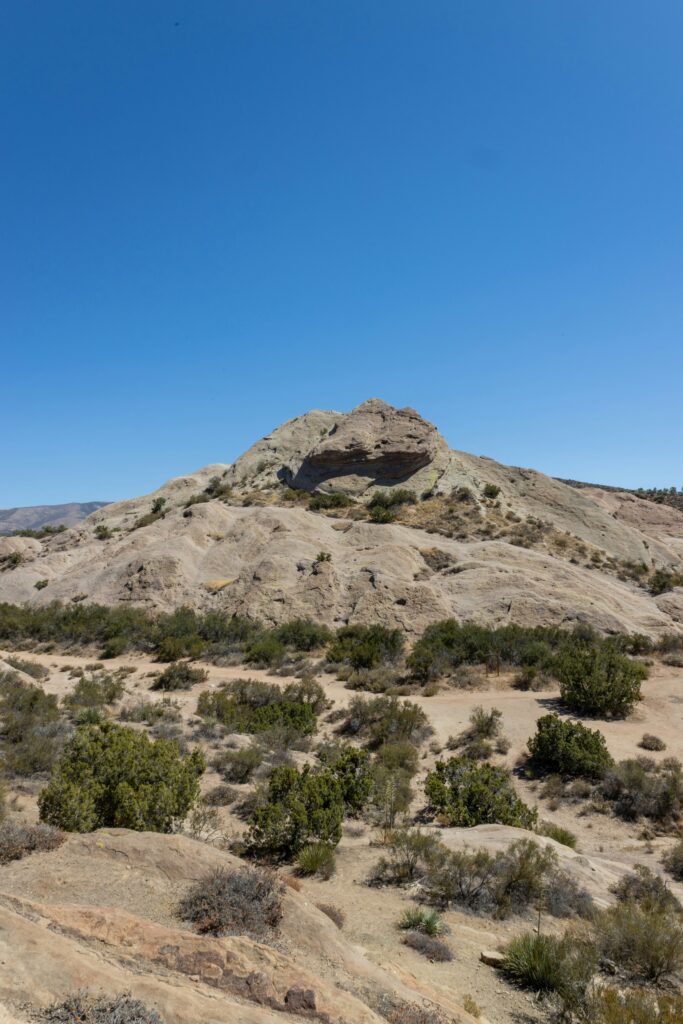
Geological Wonders
Vasquez Rocks Natural Area Park features dramatic rock formations that reveal millions of years of geological history through their distinctive tilted appearance. These formations provide both visual spectacle and scientific insight into Earth's powerful forces.
Formation of the Rock Structures
The iconic angled rock formations at Vasquez Rocks were created approximately 25 million years ago through intense tectonic activity along the San Andreas Fault. Sedimentary layers, originally horizontal, were dramatically tilted to their current 50-degree angle during this period of upheaval.
Water, wind, and temperature fluctuations have continued to shape these sandstone formations over millennia. The park sits in what geologists call the Soledad Basin, which was filled with sediments eroded from the surrounding mountains.
The distinctive reddish-tan color comes from mineral content in the Escondido Formation, primarily iron oxides in the sandstone. These geological wonders have drawn filmmakers for decades due to their otherworldly appearance.
Studying the Rocks: What They Tell Us
The exposed rock layers at Vasquez Rocks serve as a natural geological textbook. Scientists can read the different strata like pages in Earth's history, revealing information about ancient environments and climate changes.
Fossil discoveries within these rock formations have included marine organisms, indicating the area was once underwater. Plant fossils also provide evidence of how the regional ecosystem evolved over time.
Geologists study the fault lines visible throughout the park to understand tectonic movements. The rocks demonstrate classic examples of geological processes including faulting, folding, and erosion patterns.
Students and researchers frequently visit to examine sedimentary layers that reveal cyclical patterns of flooding and drought spanning millions of years. These fascinating formations continue to provide valuable data about California's complex geological past.
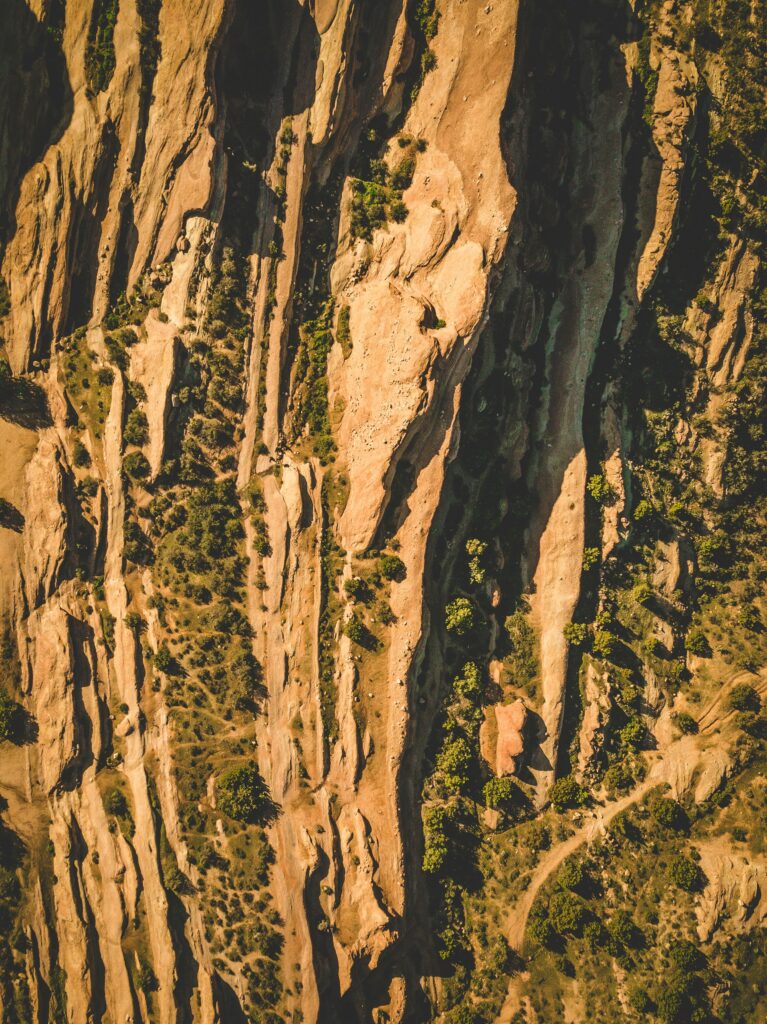
Flora and Fauna
Vasquez Rocks Natural Area shelters a diverse ecosystem adapted to the challenging high desert environment. The park's unique geological features create varied microhabitats supporting specialized plant communities and wildlife species throughout the 945-acre preserve.
Native Plant Life
The park showcases classic California high desert vegetation adapted to survive in harsh conditions. Drought-resistant chaparral plants dominate the landscape, including several species of sage, manzanita, and yucca. The iconic Joshua trees can be spotted in certain areas, their distinctive silhouettes standing out against the rocky terrain.
Common Native Plants:
- California sagebrush
- Manzanita
- Yucca
- Cholla cactus
- California buckwheat
- Desert wildflowers (seasonal)
During spring months, the park transforms with vibrant wildflower displays, though timing depends on winter rainfall patterns. The best wildflower viewing typically occurs between March and early May, with poppies, lupines, and desert marigolds creating colorful patches among the rocky outcroppings.
Wildlife Habitats
Vasquez Rocks provides crucial shelter for numerous desert-adapted animal species. Visitors may encounter lizards basking on sun-warmed rocks or spot rabbits darting between shrubs during early morning or evening hours when temperatures are cooler.
Common Wildlife:
- Desert cottontail rabbits
- California quail
- Red-tailed hawks
- Coyotes
- Rattlesnakes
- Lizards (including western fence lizards)
The park's rock formations create unique habitats for cliff-dwelling species, particularly birds of prey that nest on high ledges. These raptors hunt small mammals in the valleys below. Dawn and dusk offer the best wildlife viewing opportunities when animals are most active.
Visitors should remain vigilant for rattlesnakes during warm months, as they frequently sun themselves on trails and near rock formations. Maintaining a respectful distance from all wildlife protects both animals and visitors.
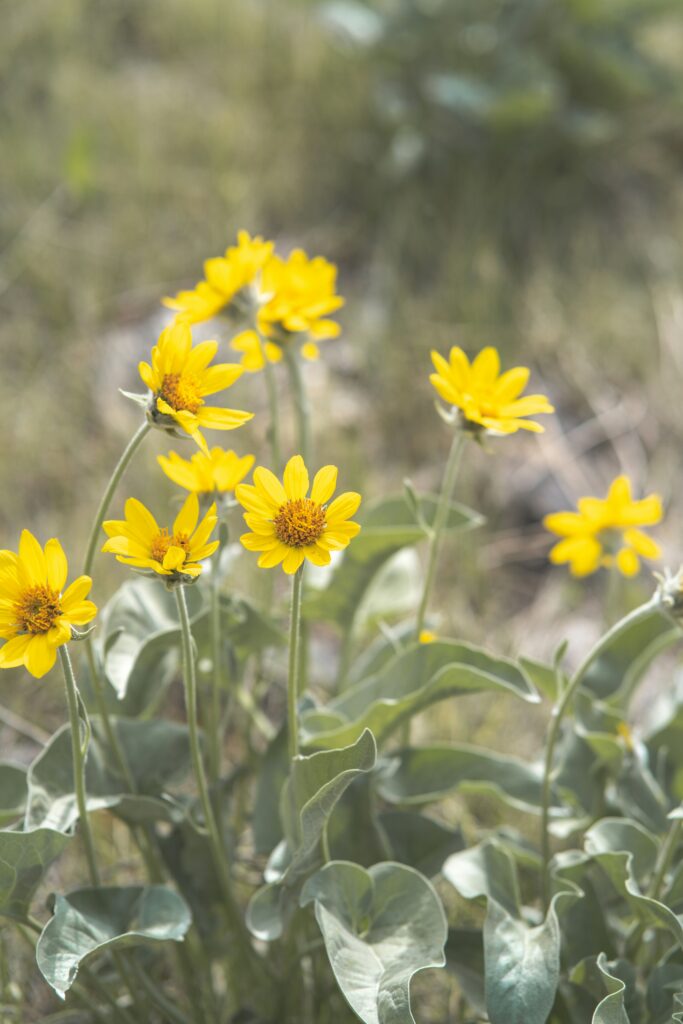
Hiking Trails Overview
Vasquez Rocks Natural Area Park offers several distinct hiking trails that showcase its dramatic geological formations. The trail system ranges from beginner-friendly paths to more challenging routes that connect to the famous Pacific Crest Trail.
Choosing the Right Trail
The Vasquez Rocks Trail is the park's most popular option, perfect for visitors of all skill levels. This well-maintained path extends for approximately 2.5 miles and features the iconic rock formations seen in numerous films and TV shows.
For a more extensive hiking experience, the Pacific Crest Trail and Vasquez Rocks Loop combines local trails with a section of the legendary PCT. This moderate loop provides panoramic views of the surrounding landscape and typically takes 2-3 hours to complete.
The park contains an extensive network of interconnected trails, allowing hikers to customize their experience based on available time and fitness level. Some paths are multi-use, accommodating horseback riders as well as hikers.
Safety Tips for Hikers
Proper preparation is essential when hiking at Vasquez Rocks. The area experiences extreme temperature variations, so check weather forecasts before your visit and dress in layers.
Carry plenty of water regardless of season – the arid environment can cause rapid dehydration. A minimum of 1-2 liters per person is recommended even for short hikes.
Sturdy footwear with good traction is necessary for navigating the rocky, sometimes steep terrain. Hiking poles can provide additional stability on loose gravel sections.
Stay on designated trails to protect the fragile desert ecosystem and avoid encounters with rattlesnakes or other wildlife. The best hiking seasons are winter months from November through April, when temperatures are moderate.
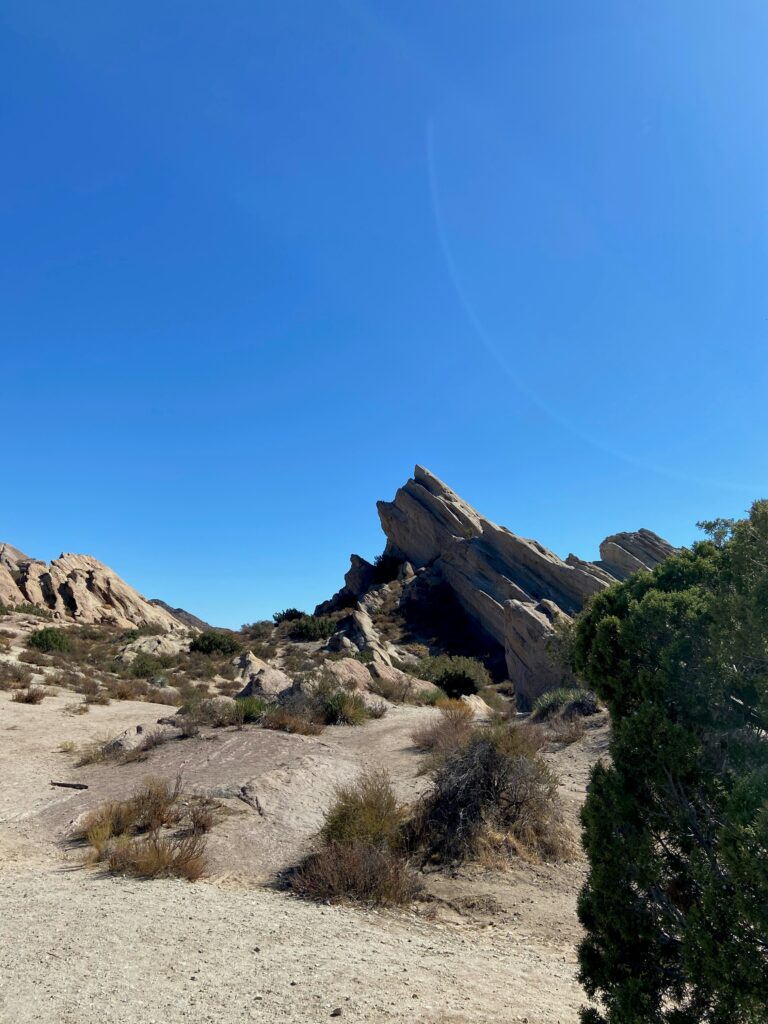
Best Times for Activities
Vasquez Rocks offers distinct advantages for various outdoor activities depending on the time of year and day. Weather conditions, lighting, and seasonal wildlife patterns all influence the optimal timing for your visit.
Photographic Opportunities
The iconic rock formations at Vasquez Rocks create dramatic photographic opportunities throughout the year, with certain times offering superior lighting conditions.
Early morning (7-9am) provides soft, golden light that accentuates the texture and color of the rocks without harsh shadows. This timing is ideal for landscape photography, especially from October through March when the morning sun angle is optimal.
Late afternoon to sunset (4-7pm depending on season) offers another prime photography window. The warm glow on the tilted rock formations creates dramatic contrasts that highlight their unique geological features.
Weekday visits provide significantly fewer crowds in your shots. According to visitor reports, the park is considerably less crowded on weekdays than weekends.
Winter months often provide unique photography conditions after rare rain showers, with temporary pools reflecting the rock formations.
Bird Watching Seasons
Vasquez Rocks' diverse habitat supports varied bird populations throughout the year, with specific seasons offering unique birdwatching experiences.
Spring (March-May) represents the peak season for bird enthusiasts, featuring both resident species and migratory birds. Mornings from 6-10am provide the highest bird activity as temperatures remain cool and feeding behaviors are most active.
Summer birding (June-August) is best limited to early mornings before the intense heat sets in. Look for resident species like roadrunners, hawks, and various sparrows adapting to the arid environment.
Fall migration (September-November) brings different species passing through the area. Weekday mornings provide quieter observation conditions with fewer visitors disturbing wildlife.
Winter months (December-February) offer opportunities to spot year-round resident species against sparse vegetation. The nature center occasionally offers guided naturalist hikes that can enhance bird identification skills.
Rock Climbing Conditions
Vasquez Rocks provides unique climbing opportunities with specific seasons and times offering optimal conditions for both safety and enjoyment.
Fall through spring (October-April) delivers the most comfortable climbing temperatures. Morning sessions from 8-11am and afternoon climbs from 3pm until closing provide the best balance of adequate light and moderate temperatures.
Winter climbing (December-February) offers excellent friction on the sandstone surfaces, but morning routes remain cold until direct sunlight hits them. Afternoon sessions are recommended during this season.
Summer climbing (May-September) should be approached with caution. Early mornings before 9am are essential to avoid dangerous heat conditions. The park is open from morning until evening, with specific seasonal hours.
Weekday visits provide significantly less crowded climbing areas. The unique geological formations make this a popular location for rock climbing, so plan accordingly during busy periods.
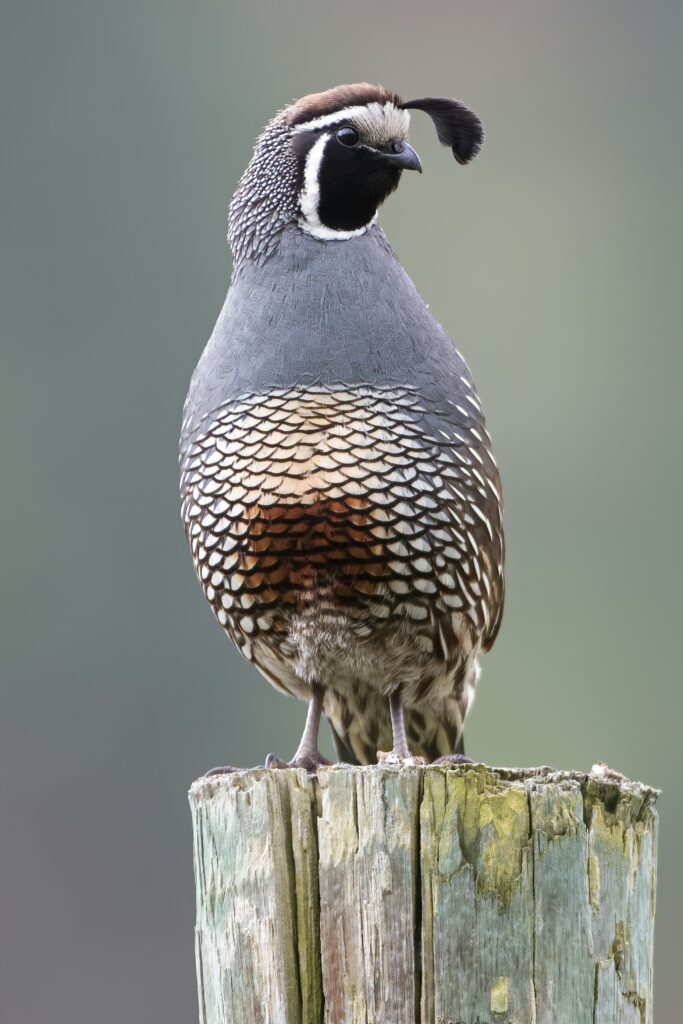
Amenities and Accessibility
Vasquez Rocks Natural Area Park offers comprehensive facilities designed to enhance visitor experience while maintaining the natural beauty of this unique geological formation. The park provides essential services for visitors of all mobility levels and interests.
Parking and Accessibility
The Vasquez Rocks Natural Area features ample parking facilities to accommodate visitors even during peak times. The main lot is paved and offers designated accessible spaces close to the visitor center.
Access to the park is convenient from the nearby freeway, making it a manageable day trip destination from Los Angeles and surrounding areas. Visitors have noted the “beautiful area with a lot of parking” in recent reviews.
The park grounds include some accessible pathways near the visitor center, though many of the natural hiking trails feature loose sand terrain and uneven surfaces. Weekday visits typically offer more available parking and fewer crowds compared to weekends.
Visitor and Interpretive Center
The interpretive center serves as an educational hub for visitors interested in learning about the geological and cultural significance of Vasquez Rocks. It houses informative exhibits about the area's natural history, wildlife, and famous appearances in film and television.
Animal ambassadors are featured at the center, providing educational opportunities for visitors to learn about local wildlife. The center also offers educational programs suitable for families and school groups.
Adjacent to the interpretive center, visitors will find picnic tables for outdoor dining with scenic views. The small museum contains artifacts and information about the indigenous peoples who once inhabited the area.
The center provides maps of hiking trails and can assist with planning appropriate routes based on visitor experience level and current trail conditions.
Conservation Efforts
Vasquez Rocks Natural Area has implemented several important conservation initiatives to protect its unique geological formations and diverse ecosystem. The 945-acre park serves as a protected habitat for native flora and fauna, preserving the natural landscape for future generations.
Park officials carefully manage visitor traffic to minimize human impact on the fragile environment. This includes the complete closure of the park on Mondays year-round, allowing the natural area a regular recovery period from weekend crowds.
Seasonal operating hours also contribute to conservation efforts. From November through February, the park maintains shorter hours (9:00-17:00), while extending them from March through October to accommodate changing daylight while protecting wildlife.
The Nature Center at Vasquez Rocks provides educational resources about local ecology and conservation. Visitors can learn about the importance of staying on designated trails to prevent erosion and habitat disruption.
Signs throughout the park warn about wildlife protection, particularly regarding rattlesnakes that call the area home. These warnings serve dual purposes – protecting visitors while also encouraging respect for the native species.
Conservation efforts also focus on preserving the cultural history of the area. The park contains significant archaeological sites that require protection from foot traffic and environmental damage.
Visiting during less crowded times not only provides a better experience but also reduces collective environmental impact. Early mornings before 10 AM typically see fewer visitors, allowing the landscape more breathing room during peak visitation seasons.

